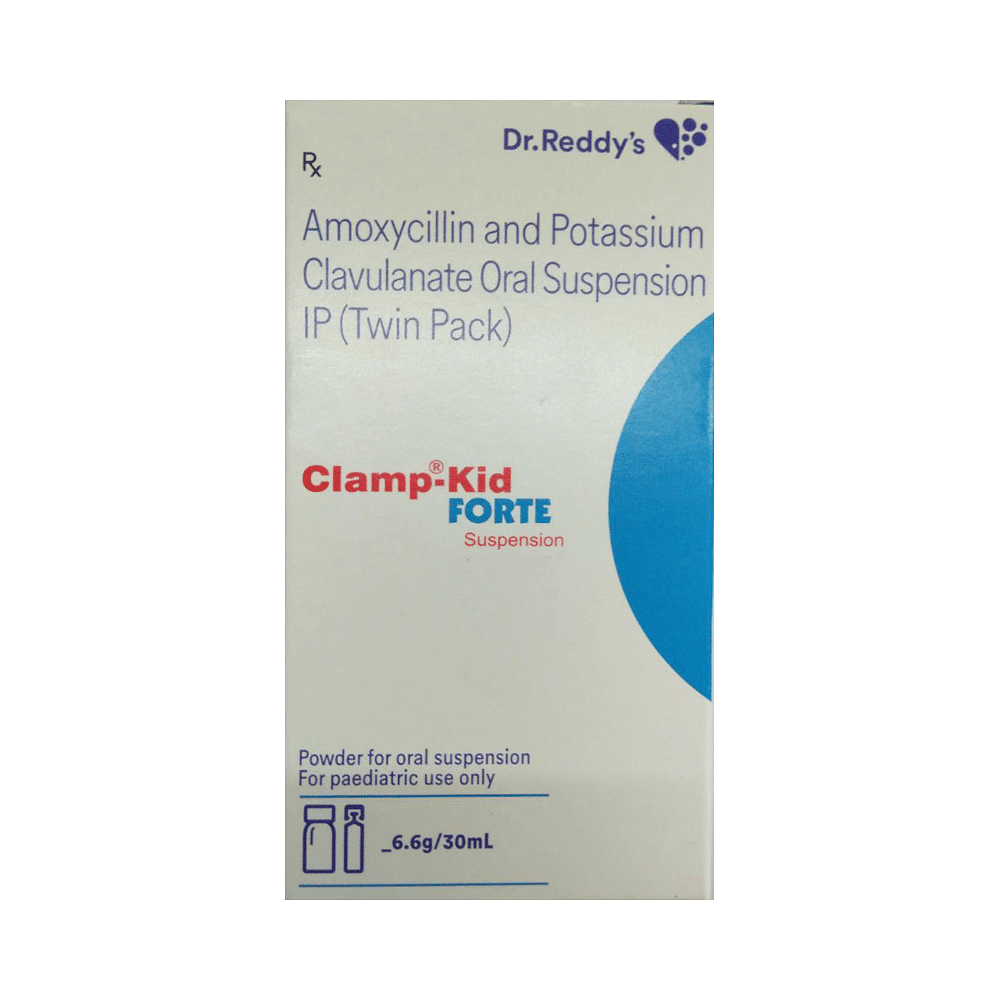
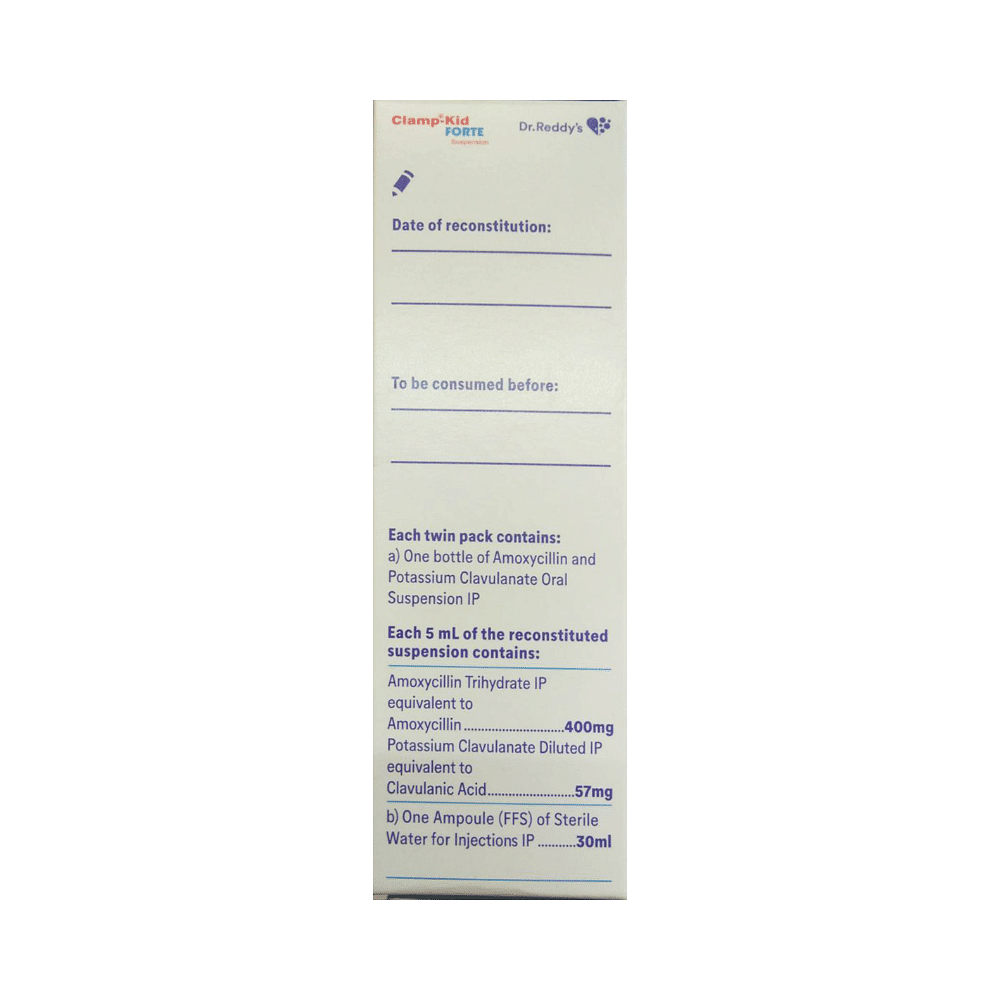

Clamp Kid Forte Suspension
Manufacturer
Dr Reddy's Laboratories Ltd
Salt Composition
Clavulanic Acid (57mg/5ml) + Amoxicillin (400mg/5ml)
Key Information
Short Description
Clamp-Kid Forte Suspension is an antibiotic medicine that helps treat bacterial infections of the ear, nose, throat, chest, lungs, teeth, skin, and urinary tract.
Dosage Form
Oral Suspension
Introduction
Clamp-Kid Forte Suspension is an antibiotic medicine that helps treat bacterial infections of the ear, nose, throat, chest, lungs, teeth, skin, and urinary tract. It is capable of killing bacteria that have become resistant to other therapies and thus also helps treat tuberculosis that is resistant to other treatments.
Directions for Use
Your child must complete the entire course of antibiotics. Stopping too soon may cause the bacteria to multiply again or cause another infection.
How it works
Clamp-Kid Forte Suspension is an antibiotic. It has two active agents amoxycillin and clavulanic acid. Amoxycillin works by preventing the formation of the bacterial protective covering (cell wall) essential for the survival of the bacteria. Whereas clavulanic acid serves a special purpose of inhibiting an enzyme (beta-lactamase) that is produced by resistant bacteria. This makes the combination of amoxycillin and clavulanic acid an effective line of treatment for many types of infections.
Quick Tips
Your child must complete the entire course of antibiotics. Stopping too soon may cause the bacteria to multiply again or cause another infection. Encourage your child to drink plenty of water in case diarrhea develops as a side effect. Never give Clamp-Kid Forte Suspension until and unless prescribed by the doctor. Do not give Clamp-Kid Forte Suspension to treat common cold and flu-like symptoms caused by viruses. Check ‘expiry’ before giving Clamp-Kid Forte Suspension to your child. Immediately discard all the expired medicines.
Related Medicines

Moxikind-CV Forte Dry Syrup
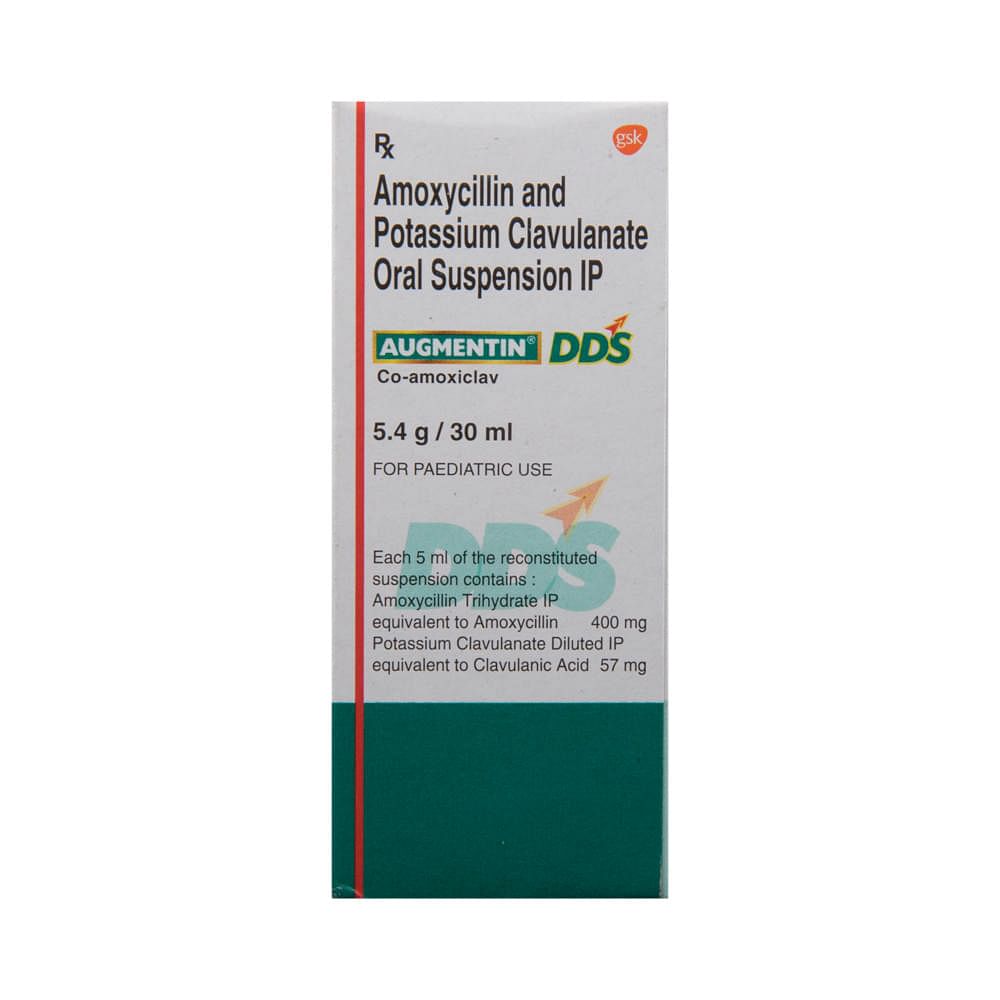
Augmentin DDS Suspension
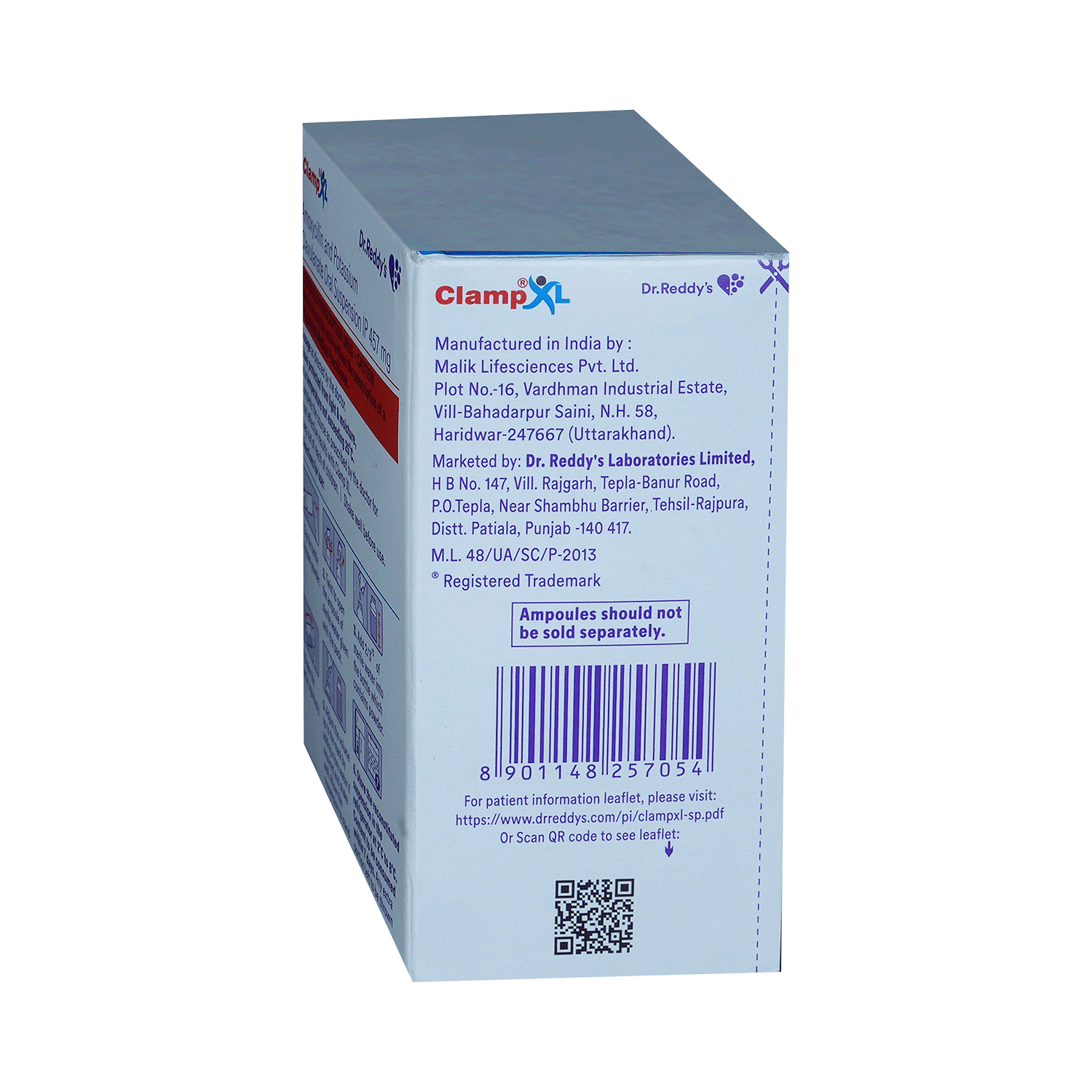
Clamp Xl Suspension
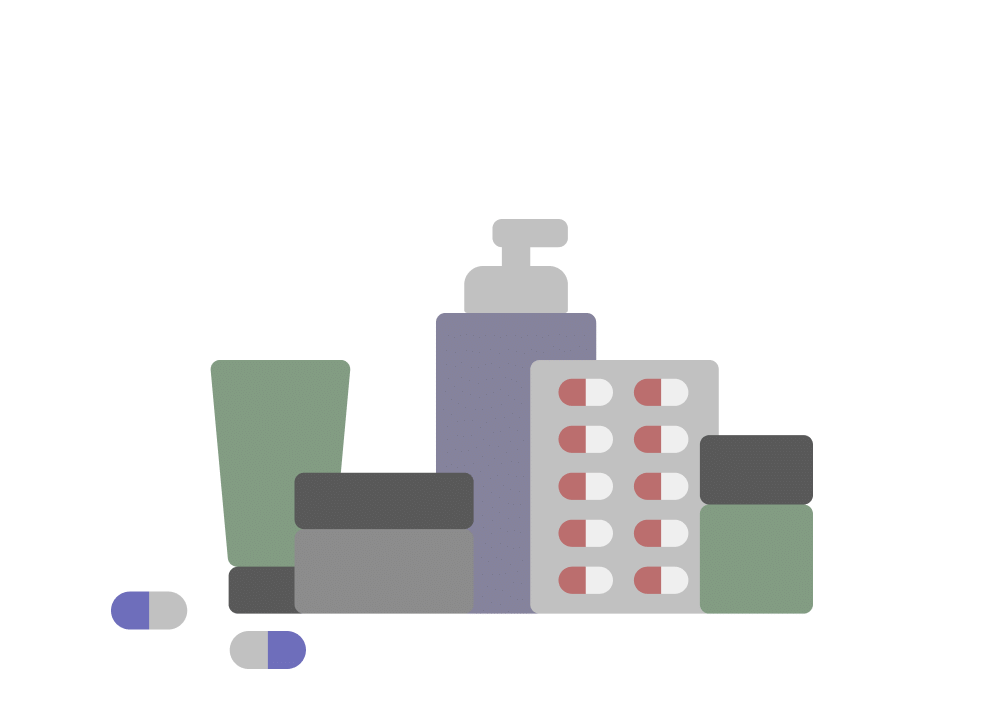
Pancalv DDS Oral Suspension

Moxiport-CV Duo Dry Syrup

Augliff-DS Dry Syrup
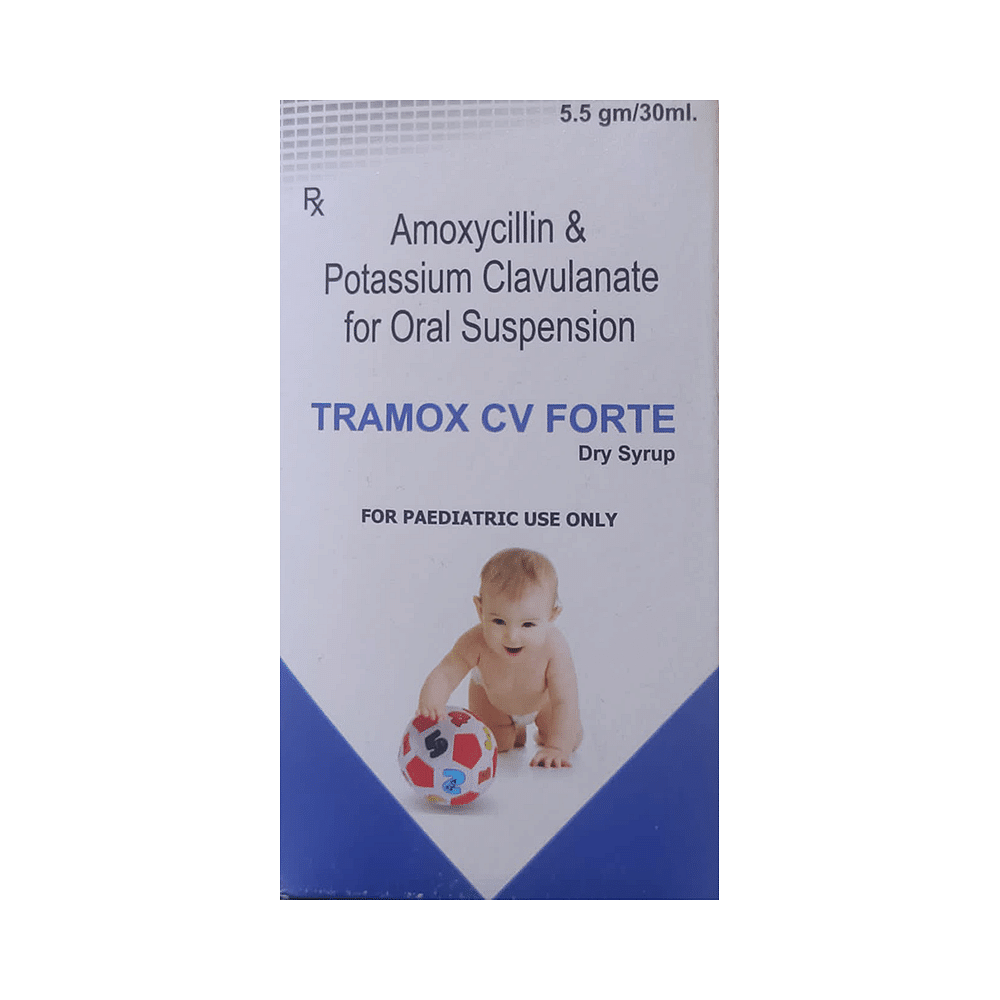
Tramox CV Forte Dry Syrup

Gladyclav Forte Oral Suspension

Chemross-Duo 457mg Dry Syrup

Nishclav-Forte Dry Syrup
Frequently asked questions
Can other medicines be taken at the same time as Clamp-Kid Forte Suspension?
Clamp-Kid Forte Suspension may interact with certain medications or substances. Before starting this medication, discuss with your child's doctor about any other medications they are taking. Also, consult your child's physician before administering any medication to your child.
Can I get my child vaccinated while on treatment with Clamp-Kid Forte Suspension?
Antibiotics usually do not interfere with the ingredients in vaccines or cause a negative reaction. However, children undergoing antibiotic therapy should wait until they recover from the illness to receive the vaccine. After your child feels better, vaccination can be administered.
Which lab tests may my child undergo while taking Clamp-Kid Forte Suspension on a long-term basis?
Periodic monitoring of kidney and liver function is often recommended for prolonged therapy with this medication.
Can I give a higher than the recommended dose of Clamp-Kid Forte Suspension to my child?
Giving a higher dose of this medicine than prescribed can increase the risk of side effects. If your child experiences worsening symptoms, consult their doctor for re-evaluation.
Can I stop giving Clamp-Kid Forte Suspension to my child when the symptoms are relieved?
Do not discontinue this medication unless you have completed the prescribed course of treatment. Symptoms may improve before the infection is fully resolved, therefore continue the treatment as directed. Do not discontinue the medication without consulting with your doctor.
Can the use of Clamp-Kid Forte Suspension cause diarrhea?
Yes, this medication may induce diarrhea. It acts by killing harmful bacteria and also affects the beneficial bacteria in your child's gut leading to diarrhea. Encourage your child to drink plenty of fluids if they experience diarrhea. If diarrhea persists or you notice signs of dehydration such as reduced urination with dark-colored and strong-smelling urine, consult your doctor before administering any other medication.
Do all viral common colds result in secondary bacterial infection?
Most viral infections do not lead to secondary bacterial infections. In fact, using antibiotics in a viral infection can increase the risk of side effects. Antibiotics should only be administered under your doctor's guidance.
The mucus coming out of my child’s nose is yellow-green. Is it a sign of a bacterial infection?
Yellow or green mucus in the nose does not automatically indicate a need for antibiotics. During a common cold, the mucus may thicken and change color from clear to yellow or green. Symptoms generally last 7-10 days.
Is there any sign which shows that my child needs immediate medical attention?
Seek immediate medical attention if your child experiences severe allergic reactions (breathing difficulties, skin rashes), gastrointestinal infections (diarrhea), or liver damage (weakness, paleness, vomiting). While these side effects are rare, they require expert evaluation.


